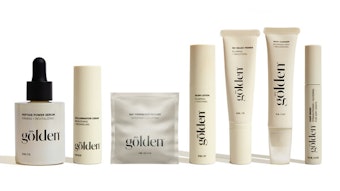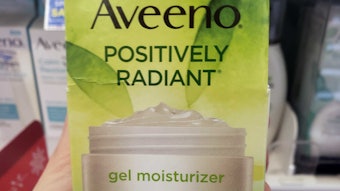Clinical differences in dermatologic disorders may be influenced by ethnic variation in skin properties. Previous investigations by objective methods have provided evidence of ethnic differences in skin properties, but the data has often been contradictory.1
Although it remains difficult to establish clinically applicable ethnic trends, recent investigations have further emphasized the need for distinct research on disease processes and treatment responses in ethnic skin when defining appropriate clinical management. Thus, the direct question: Should the skin care industry provide one product line for all, or is there sufficient ethnic dermatopharmacologic and dermatotoxicologic information to justify research and development toward providing tailored products acknowledging ethnic variations in skin properties? Surely, certain consumer groups would argue for the latter.
This article explores and attempts to clarify recent objective data that has become available in the context of transepidermal water loss (TEWL), water content (WC) [via conductance, capacitance, resistance and impedance], blood vessel reactivity (BVR), pH gradient, microtopography, sebaceous function, vellus hair follicle distribution, morphology and distribution of melanosomes, and resistance to photodamage to differentiate skin properties of different ethnic groups.










